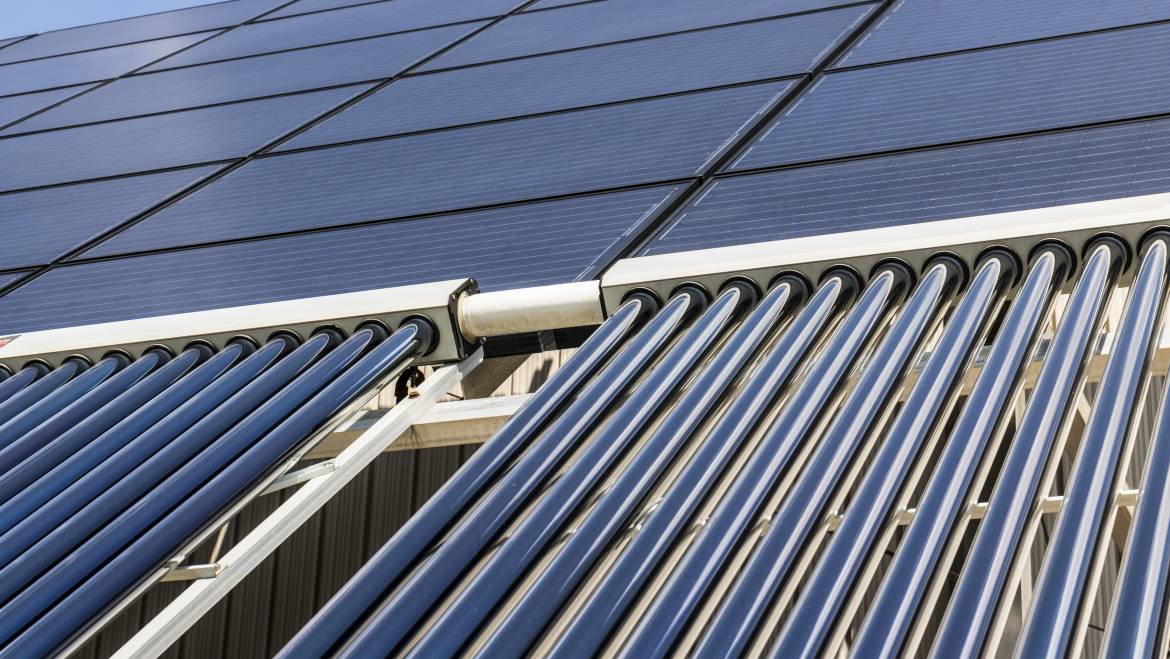What are Solar Assisted Heat Pumps and how do they work?
A Solar Assisted Heat Pump (SAHP) system combines two technologies into one. The first is a
thermodynamic panel which absorbs the heat from the air around the panel. The panel size is
usually 1m x 2m. The thermodynamic panel is filled with refrigerant which is what the heat is
absorbed into. This refrigerant then carries this heat to the second part of the system which is the
heat pump compressor. At this point the gas is compressed into a liquid with an even higher
temperature and is pumped through a coil in the water cylinder where the heat is exchanged
between the compressed liquid and the water around it. This is where the domestic hot water is
heated and stored. The compressed liquid through the process of heat exchange is turned back into
gas and re-starts the process over again. Once the temperature of 55°c is reached in the hot water
cylinder the system goes into standby mode until it is needed again. The thermodynamic panel is
usually fitted to an external wall of the house.
SAHPs are very effective as they can provide heat all year round night and day.
Because the SAHP can produce constant heat for the water they are more effective and efficient
compared to a Solar Thermal system.
SAHPs usually come with 5 years manufacturer warranty and a 25 year shelf life.
Very little maintenance if any is needed for the system.
The SAHP are a renewable source therefore meaning that the carbon footprint of your home is
decreased marginally. The hot water bill of your home is reduced by around 90%.
SAHPs are RHI eligible and the current domestic rate paid is 21.9p p/kWh

